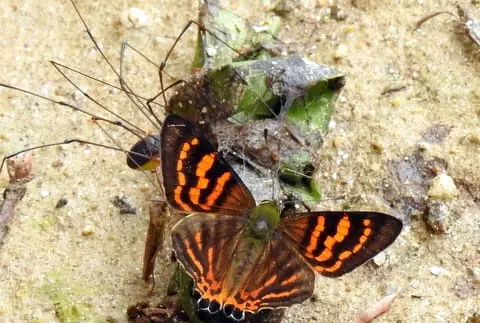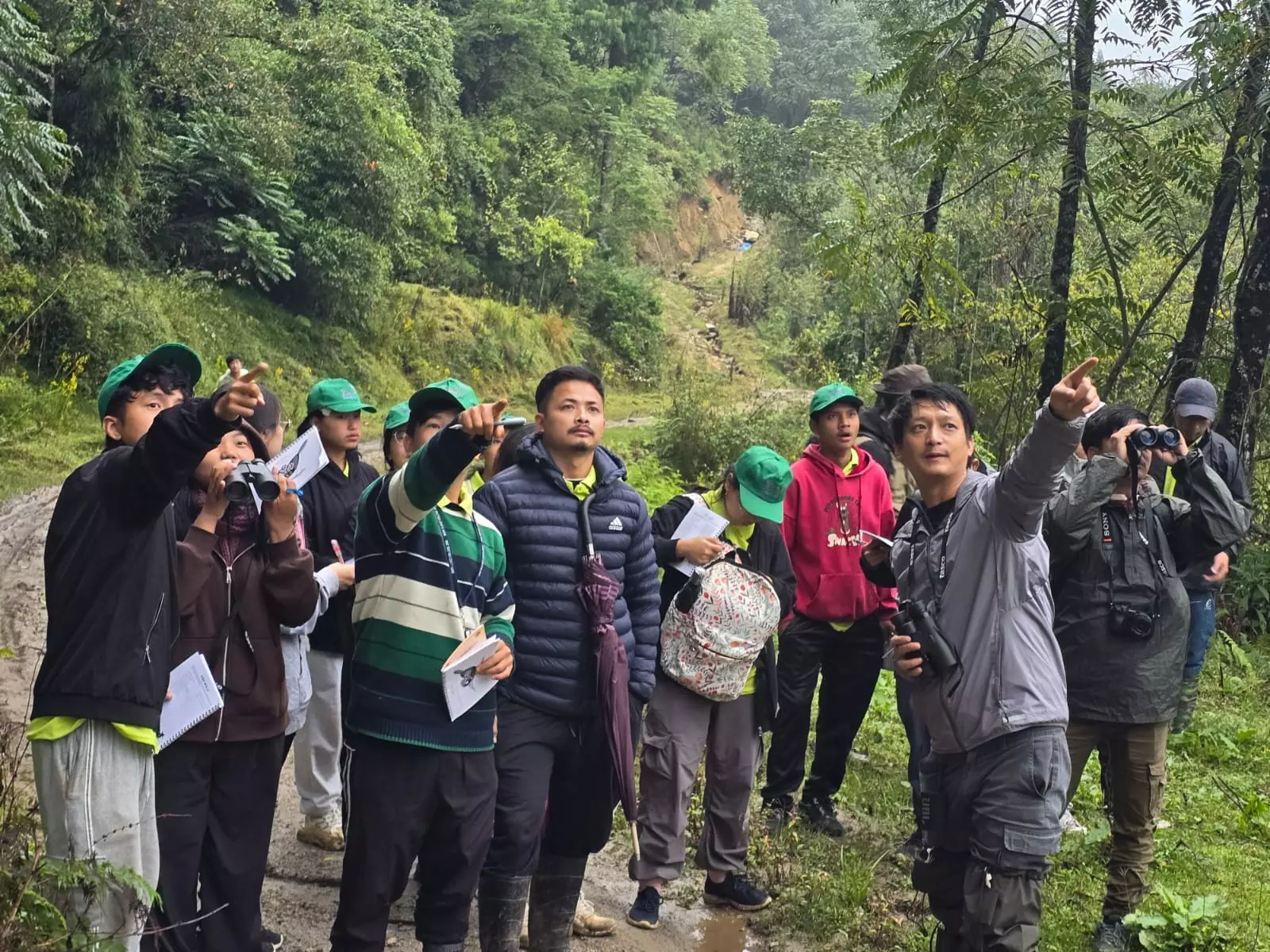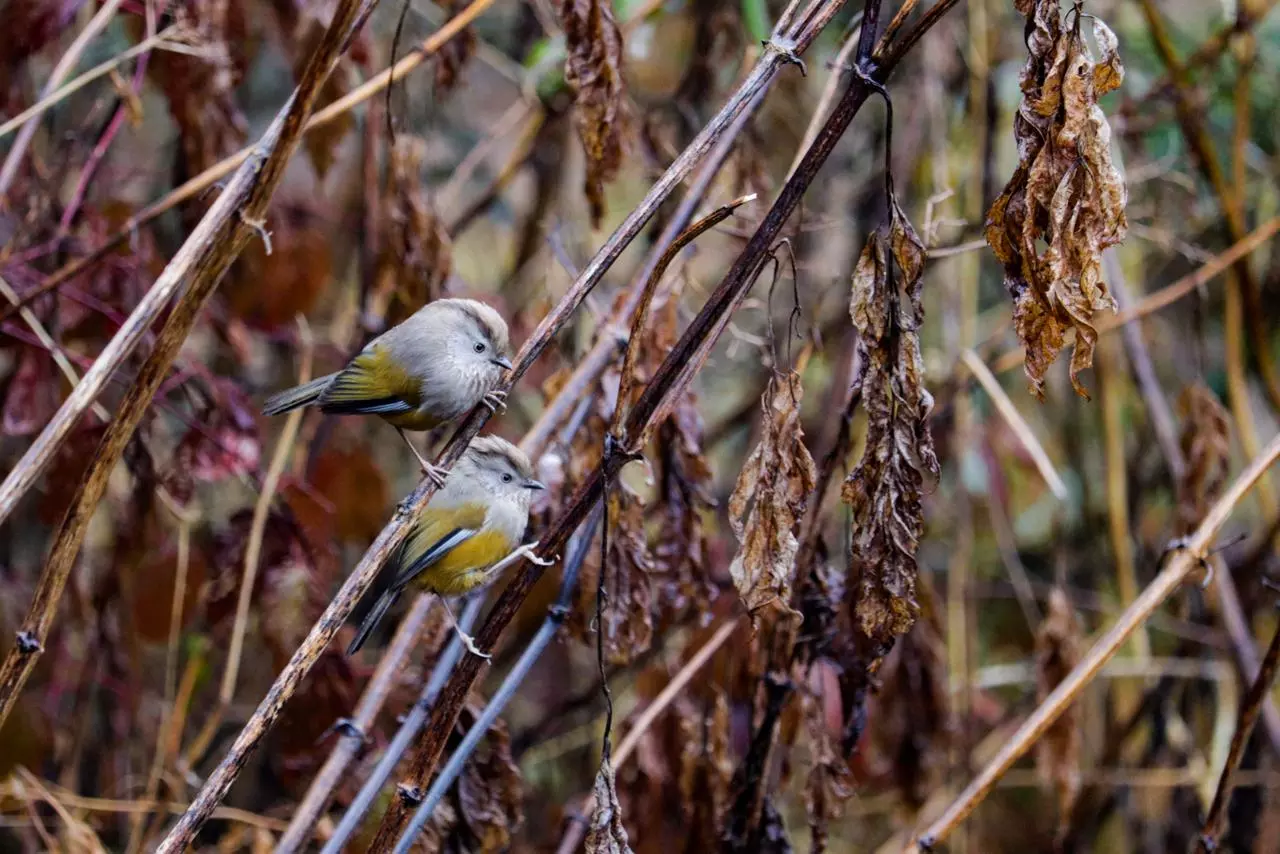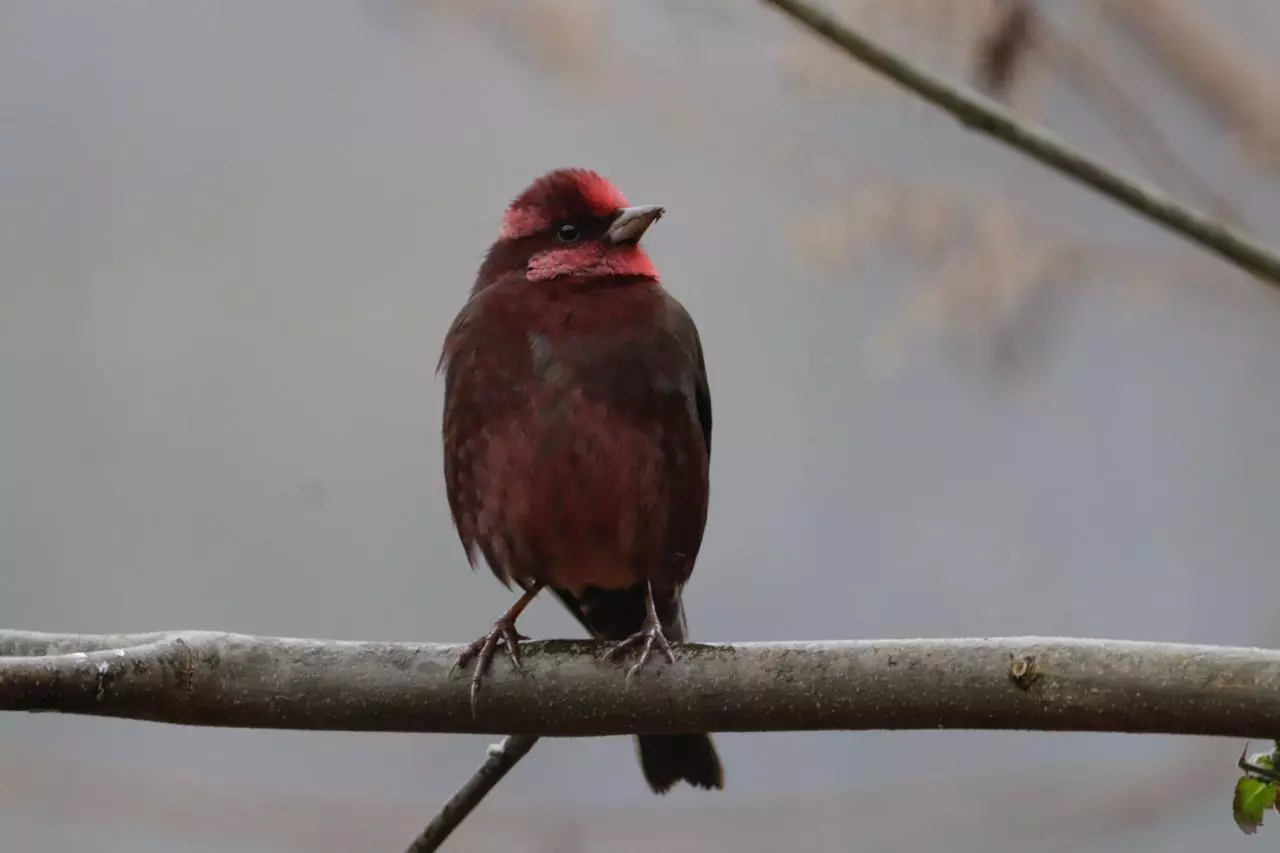
- Home
- India
- World
- Premium
- THE FEDERAL SPECIAL
- Analysis
- States
- Perspective
- Videos
- Sports
- Education
- Entertainment
- Elections
- Features
- Health
- Business
- Series
- In memoriam: Sheikh Mujibur Rahman
- Bishnoi's Men
- NEET TANGLE
- Economy Series
- Earth Day
- Kashmir’s Frozen Turbulence
- India@75
- The legend of Ramjanmabhoomi
- Liberalisation@30
- How to tame a dragon
- Celebrating biodiversity
- Farm Matters
- 50 days of solitude
- Bringing Migrants Home
- Budget 2020
- Jharkhand Votes
- The Federal Investigates
- The Federal Impact
- Vanishing Sand
- Gandhi @ 150
- Andhra Today
- Field report
- Operation Gulmarg
- Pandemic @1 Mn in India
- The Federal Year-End
- The Zero Year
- Science
- Brand studio
- Newsletter
- Elections 2024
- Events
Why some are 'chasing butterflies' in Arunachal Pradesh's Ziro

Assam-based lepidopterist Monsoon Jyoti Gogoi shares a special relationship with Arunachal Pradesh's Ziro. He has been visiting the picturesque valley, the headquarters of the Lower Subansiri district in the hill state, "chasing the rich treasure trove of butterfly species", for almost two decades now.A lepidopterist is an entomologist who specialises in studying butterflies and moths.His...
Assam-based lepidopterist Monsoon Jyoti Gogoi shares a special relationship with Arunachal Pradesh's Ziro. He has been visiting the picturesque valley, the headquarters of the Lower Subansiri district in the hill state, "chasing the rich treasure trove of butterfly species", for almost two decades now.
A lepidopterist is an entomologist who specialises in studying butterflies and moths.
His most recent visit was in the first week of October to be a part of the Ziro Butterfly Meet or ZBM. In its 11th year, the ZBM has become an annual ritual for nature lovers, experts, environmentalists and locals to spot, study and photograph butterfly species found in the Talley Valley Wildlife Sanctuary, around 30 kilometres from Ziro township.
Around 65 butterfly species were recorded during the recently held ZBM from October 5-8.

Picture of a striped punch butterfly taken during the meet.
Gogoi, who documents various species across the Northeastern region, told The Federal brightly coloured winged insects —the butterflies —were the barometer of our environment. "Their presence and absence denote the change in climatic conditions of a particular area."
Butterflies, the ecological barometer
"Butterflies are cold-blooded insects. They can be found at an elevation of 20 to 4,000 metres. They prefer warm conditions. As we are witnessing an extended period of warm days because of the rise in temperatures, butterflies have started emerging at an early period from February onwards. Ideally, it should be during May, at the onset of summer. However, in February, the leaves of plants and trees on which they feed don't sprout and it risks the survival of butterflies," added Gogoi.
While growing up in his hometown in Assam's Kaziranga, famous for one-horned rhinoceros, his interest in butterflies and birds began at a young age.
The lepidopterist observed that butterfly species had moved towards the higher regions in the Eastern Himalayas from 20 meters to 1,000 meters because of climate change. "Thus plain areas like Assam and West Bengal have lost a lot of butterfly species. Many have moved to higher places like Arunachal Pradesh, Nagaland and Sikkim. These changes have affected the rare species. They are going extinct (or are prone to extinction) whereas commonly found butterflies that can adapt to climate change are multiplying."
Ziro’s butterfly bond
When Gogoi first visited Ziro in 2007, he spotted 13 to 14 brown gorgon butterflies dancing together in one place. They were in abundance everywhere.

Bird watchers are busy spotting their avian friends.
Now, they have become a rare sight. "They have almost disappeared. The brown gorgon butterfly can camouflage itself well with the brown soil. As Ziro is witnessing road widening and large-scale construction activities, it is losing its brown soil and because of that the brown gorgon butterfly has disappeared," he added.
Experts say the disappearance of a butterfly species means the disappearance of important pollinators that help plants to reproduce. This in turn impacts the population of flora and fauna.
The local indigenous people of Ziro, the Apatanis, are well aware that the dreaded word "climate change" has arrived in their valley too. They are experiencing it first-hand with an increase in heat and temperature rise.
But before the downward spiral, they want to mitigate further environmental degradation. The butterfly meet is one such attempt. The event is the brainchild of a local community-based organisation (CBO) Ngunu Ziro. It works for sustainable development. The District Administration, the Department of Forests and Environment and various local CBOs collaborate with Ngunu Ziro to host the ZBM.
Sighting butterflies in the 'green valley'
Ziro is known for its paddy fields, pine trees and mountains surrounding it.
For the Apatanis, butterflies are one of their best friends as they abound in the green valley. Over the decades, older people say the numbers have dwindled because of obvious reasons like deforestation, hill cutting and unabated construction of commercial buildings and residential houses.

Picture of two streak-throated fulvetta birds taken by Millo Tako.
The yearly conclave of nature lovers and butterfly watchers in Ziro is not only about pleasure-seeking in nature's bounties. It is a step forward in creating awareness about the environment, its conservation and the optimal utilisation of natural resources to meet the needs of the people.
"The ZBM was started 11 years ago. Every year the response from nature enthusiasts is increasing. The participants were mostly students from schools and colleges here. The youths of Ziro understand well that if they don't participate in conservation and support sustainable development, we will lose all our natural wealth," said Hibu Tato from Ngunu Ziro.
Tato, a nature enthusiast and photographer, is very excited to announce that among the 65 butterfly species recorded during this year's count were Bhutan glory, brown gorgon, yellow owl and Apatani glory day flying moth. They also recorded 52 bird species.
B for butterfly and B for bird
"Like butterflies, birds are in abundance in Ziro," said Millo Tako, a bird guide and an instructor at the ZBM. The 30-year-old himself has spotted 358 birds in the valley since 2019. "I have also taken pictures of several of them. Mostly, I identify them with their calls. My favourite birds are the ward’s trogon, a multi-coloured bird with a small head and prominent pale eye-ring, and silver-eared mesia, a small but again multi-coloured bird with silver, orange and red shining all over its body," he added.
As a resident of Ziro, Tako rues the fact that "many birds have gone missing from Ziro over the years". "Especially the migratory birds like the starlings, they have stopped visiting Ziro anymore." He fears it could be because of the climate change in his hometown.
Ziro has a birding club and every winter it hosts a bird walk to track the visits of migratory birds to the valley.
Around 30 winter migratory birds like mandarin duck, northern lapwing, black-headed gull and black-legged kittiwake have been documented at Ziro.
Talking about nature in Talley Valley
Every year, come October, the air in Ziro's Talley Valley, a wildlife sanctuary, fills with conversations on conservation. For the ZBM, tents were raised inside the wildlife sanctuary —for the participants to stay during the night —and the whole area looked like a picnic spot. However, unlike a usual picnic spot, it was not about littering but about loitering in the lap of nature to understand one of its most beautiful creations--the butterflies.
The local students, who participated in the event, said it was the best time they had ever spent in their entire lives. "Nothing can beat the nature. It's like a dream walking silently with fellow nature lovers on the small tracks of Talley Valley and breaking into laughter at the sight of a butterfly," said one of the students from the group.

Picture of a dark-breasted rosefinch bird taken by Millo Tako.
"From its inception, the meet has sought to educate participants on the ecological significance of butterflies and the need to protect their habitats. By involving students and residents, the initiative not only spreads knowledge but also cultivates a sense of stewardship among the younger generation and the community," said Punyo Chada, one of the organisers of the ZBM.
"It typically includes butterfly walks, bird watching, nature guide training for students, workshops, and interactive sessions where experts share their insights on species identification, habitat conservation, and the broader environmental issues affecting the area. The event has been instrumental in documenting the diverse butterfly species in Ziro valley, contributing valuable data to conservation efforts and promoting eco-tourism in the region," added Tato.
